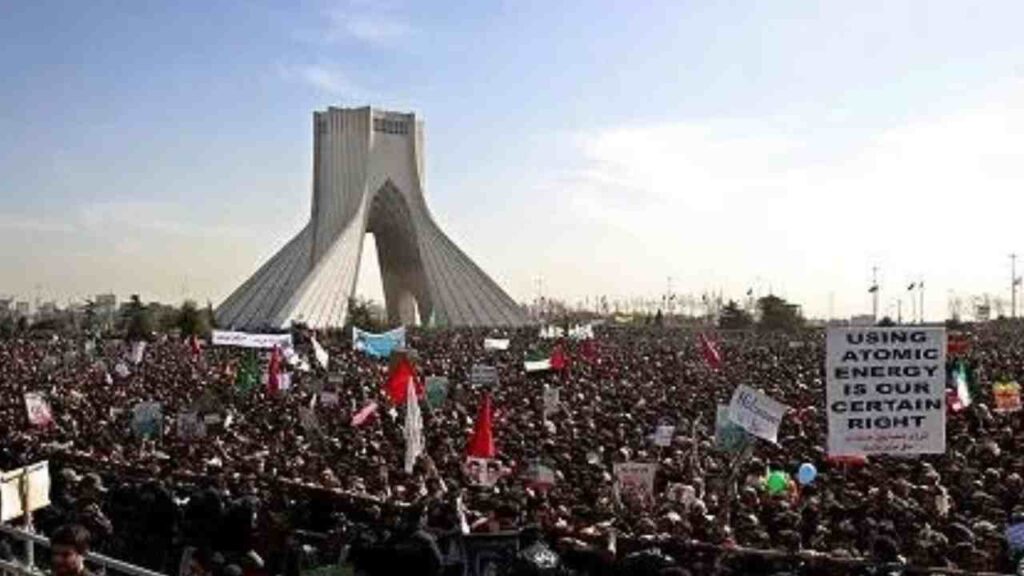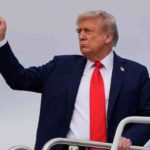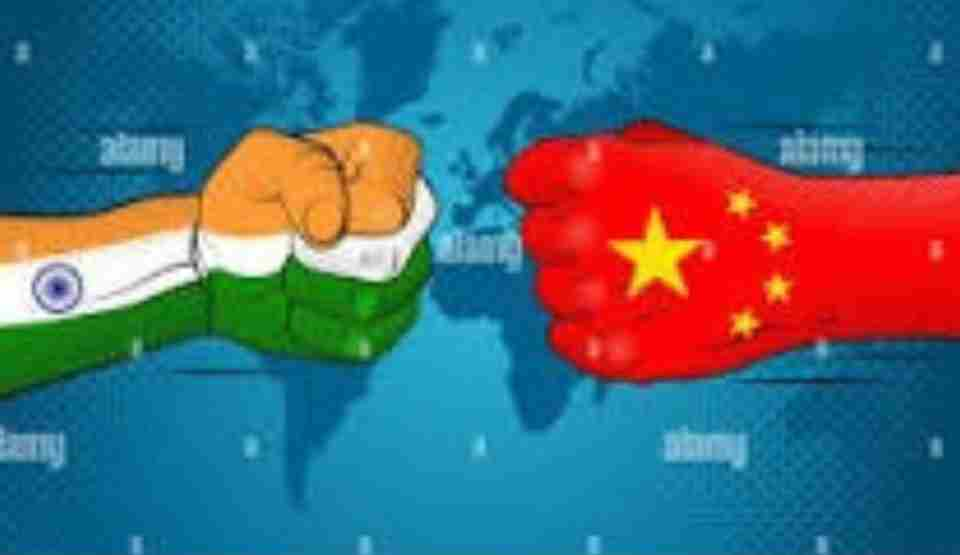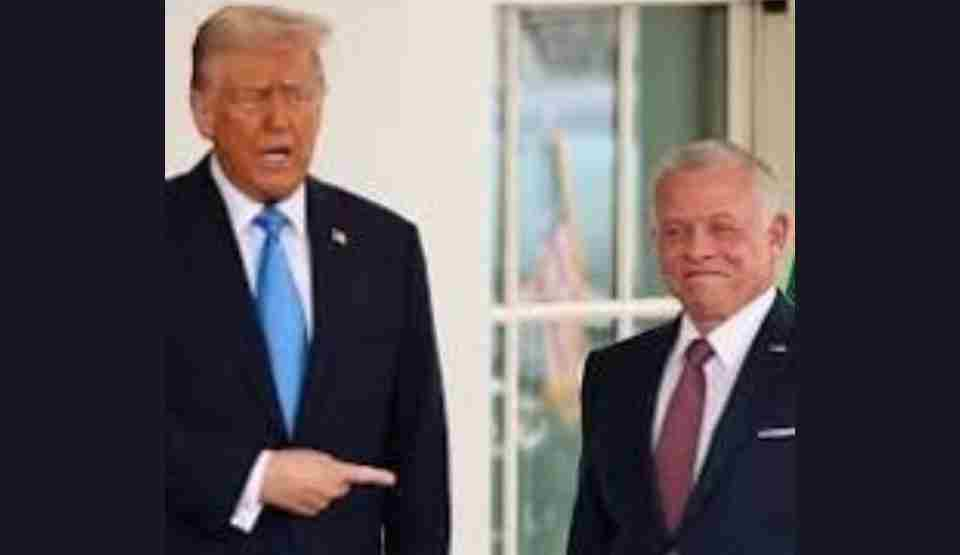The Islamic Republic of Iran finds itself at a critical crossroads, grappling with an intricate web of challenges that threaten to reshape both its domestic stability and international standing. As the nation approaches its fifth decade since the 1979 revolution, Tehran confronts mounting pressures from multiple fronts that have created a perfect storm of political, economic, and social upheaval.
International Isolation and Nuclear Standoff
At the heart of Iran’s external challenges lies the contentious nuclear program that has dominated headlines for over two decades. The international community’s concerns about Tehran’s uranium enrichment activities have triggered successive rounds of crippling sanctions, effectively severing Iran from much of the global financial system. These measures, imposed by the United States, European Union, and United Nations, have targeted everything from oil exports—the lifeblood of Iran’s economy—to banking transactions and technological imports.
The sanctions regime has created a cascading effect throughout Iranian society. Oil revenues, which historically constituted over 80% of the country’s export earnings, have plummeted dramatically. The national currency, the rial, has lost approximately 80% of its value against the dollar since 2018, triggering hyperinflation that has devastated ordinary citizens’ purchasing power. Basic goods, from food to medicine, have become increasingly scarce or prohibitively expensive for millions of Iranians.
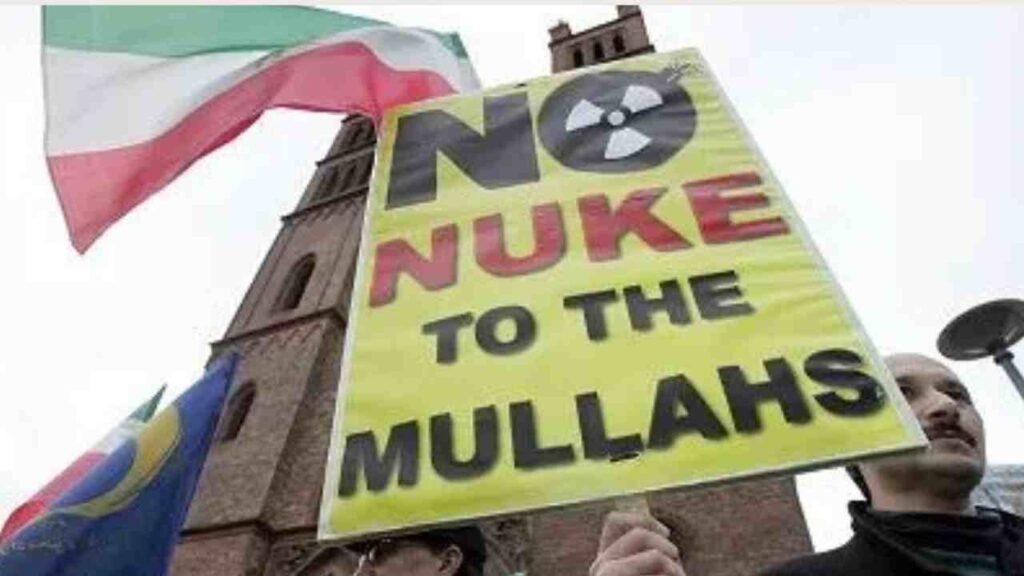
Beyond the nuclear issue, Iran’s extensive involvement in regional conflicts has further isolated the country diplomatically. Tehran’s support for proxy groups across the Middle East—including Hezbollah in Lebanon, various militias in Iraq, Houthi rebels in Yemen, and the Assad regime in Syria—has positioned it as a primary adversary to U.S. allies in the region, particularly Saudi Arabia and Israel. This “axis of resistance,” as Iranian leaders call it, has drawn international condemnation and additional sanctions while draining precious resources from domestic needs.
A Fractured Political Landscape
Internally, Iran’s political system represents a unique and often contradictory blend of democratic elements and authoritarian control. The country operates under a complex dual power structure where elected officials coexist with unelected religious authorities, creating a perpetual tension between competing centers of power.
The Supreme Leader, currently Ali Khamenei, holds ultimate authority over foreign policy, military affairs, and judicial appointments. Below him, a labyrinthine network of institutions—including the Guardian Council, the Assembly of Experts, and various revolutionary organizations—vie for influence and resources. This institutional complexity has created multiple power centers, each with their own constituencies and agendas.
While moderate and reformist politicians occasionally gain ground in elections, as seen during Hassan Rouhani’s presidency from 2013 to 2021, the hardline conservative faction has increasingly consolidated control. The election of Ebrahim Raisi in 2021 marked a decisive shift toward the conservative camp, effectively ending the reformist experiment that had promised greater openness to the West and internal liberalization.
The competition between these factions often paralyzes decision-making on critical issues. Reformists advocate for diplomatic engagement with the West and gradual social liberalization, while hardliners maintain that confrontation with foreign powers and strict adherence to revolutionary principles are essential for the regime’s survival. This internal discord has made consistent policy implementation nearly impossible, contributing to economic mismanagement and social unrest.
Suppression and Resistance
Perhaps nowhere is Iran’s internal struggle more evident than in the systematic suppression of civil society and democratic movements. The government’s response to the 2019 protests over fuel price increases, which resulted in hundreds of deaths, demonstrated the regime’s willingness to use lethal force against its own citizens. Similarly, the 2022-2023 protests sparked by the death of Mahsa Amini in police custody revealed both the depth of popular discontent and the security apparatus’s determination to maintain control.
Freedom of expression exists in severely limited forms. Independent journalists face imprisonment, while social media platforms are heavily monitored and frequently restricted. Women’s rights activists, environmental protesters, and labor organizers regularly face harassment, detention, and lengthy prison sentences. The space for legitimate political opposition has shrunk dramatically, forcing dissent underground or into exile.
Despite these restrictions, Iranian society shows remarkable resilience and creativity in expressing dissent. Underground networks continue to advocate for human rights, women’s equality, and democratic reform. The diaspora community, numbering in the millions, maintains connections with activists inside the country and serves as a voice for those who cannot speak freely within Iran’s borders.
Regional Power Dynamics
Iran’s geopolitical strategy reflects its aspirations to regional hegemony despite international isolation. The country has leveraged sectarian divisions, particularly the Sunni-Shia split, to build influence across the Middle East. Through a network of proxy relationships, Iran has established a “Shia crescent” stretching from Tehran to the Mediterranean, fundamentally altering regional power balances.
This strategy has created both opportunities and vulnerabilities. While Iran has successfully expanded its influence in Iraq, Syria, Lebanon, and Yemen, it has also become entangled in costly conflicts that drain resources and invite international retaliation. The assassination of General Qasem Soleimani in 2020 highlighted Iran’s vulnerability to targeted attacks and the risks associated with its regional proxy strategy.
Relations with neighboring countries remain complex and often hostile. The rivalry with Saudi Arabia has fueled proxy conflicts across the region, while tensions with Israel have escalated to include direct military confrontation. Even relationships with traditional allies like Russia and China are primarily transactional, based on mutual opposition to U.S. influence rather than shared values or long-term strategic alignment.
The Path Forward
As Iran navigates these multiple challenges, several scenarios appear possible. The hardline approach may continue, leading to further international isolation and internal repression, potentially sparking larger-scale unrest. Alternatively, economic pressures might force pragmatic compromises, opening limited space for diplomatic engagement and gradual reform.
The younger generation, which constitutes over half the population, increasingly rejects the revolutionary ideology of their parents and grandparents. This demographic shift, combined with economic hardship and social restrictions, creates pressure for change that the current system struggles to accommodate.
Understanding Iran’s trajectory requires careful analysis of how these competing pressures—international sanctions, internal factional politics, social movements, and regional conflicts—interact and evolve. The outcome will have profound implications not only for the Iranian people but for regional stability and global security in the decades to come. As researchers and policymakers continue to study these dynamics, the Islamic Republic’s ability to adapt and survive remains one of the most significant questions facing the modern Middle East.

